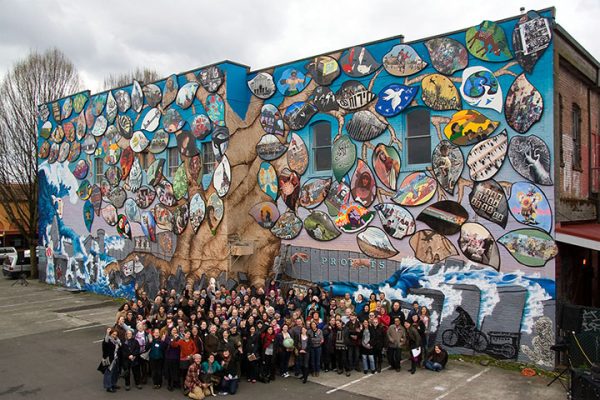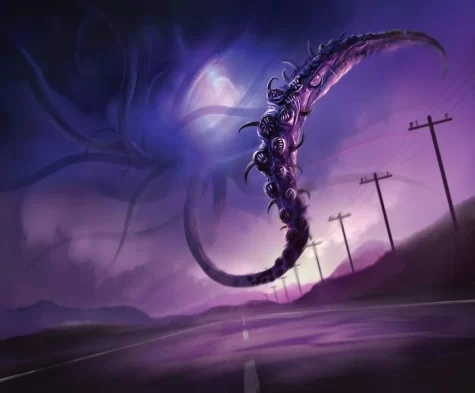Polar Bears are Almost Gone
March 15, 2019
For years now, the polar bear population has been on the decline. The problem, which has been controversial ever since the topic of global warming was addressed as the culprit, needs to be resolved. If not, the polar bears in the zoos might soon be the only ones our future generations will ever see.
With melting sea ice and food shortages, the impact on the polar bears have been devastating. According to National Geographic, there are about 19 different groups of polar bear populations throughout the Arctic. Four of these populations are considered to be declining. In Beaufort Sea near Alaska, the population of polar bears have declined by about 40 percent in the last ten years. Being on the endangered list, the threat on the lives of polar bears are rising as time goes on.
Climate change is one of the most popular theories for the loss of polar bear life. With the phenomenon of global warming seen as the reason for the decline in sea ice, many environmentalists and scientists have been trying to prove that global warming is real, and is something that must be addressed immediately if there is any chance to reverse the impacts global warming has already made. Global warming has now become a political debate, which has led to disagreements about what should be done. With some believing that global warming is simply a myth, the problem of an overheating earth is not a possible threat.
Yet, this does not dismiss the fact that polar bear populations are decreasing. Polar bears rely on a specific diet of seals, which give them the amount of energy they need to survive. Burning about 12,000 calories a day, getting sufficient energy to function is difficult when food is nowhere to be found. Polar bears rely on the sea ice in order to capture seals, who use holes in the ice to come up for air. The bears wait for the seals by the holes, and are able to ambush them when they break through the ice. Without the sea ice, polar bears can no longer use their most efficient tactic, and their method of hunting proves to be useless. This leads to starvation, and therefore, their decling populations.
Whether or not global warming exists, the threat to polar bears remain. It can leave one with a sense of dispair. What can be done? What actually works? What can a student actually do to help?
Signing petitions. Voting for people who stand for climate common sense that aligns with the rest of the world’s goals. Send emails to those legislatures who are making bad choices. Visiting sites like polarbearinternational.org or change.org could make a huge difference in the outcome of the polar bear population.
Polar bears are not the only ones being impacted by the actions of humans, if humans are the cause of the decline at all. Through deforestation and the trash in the seas, many animals are being threatened, and the only way to change what looks like an inevitable outcome is to take action in whatever way possible. Even small actions are a step anyone can take to making a difference, and hopefully making the world a better place for the animals on Earth.







